There perlite it is a material of volcanic origin that is widely used in agriculture as a cultivation substrate, especially in horticulture, and therefore in pot cultivation. For agricultural use we speak more properly of expanded perlite. It is an easy-to-use element and is therefore ideal for the home environment, especially for pot cultivation of ornamental or fruit plants. As we know, a substrate other than the agricultural land and, in general, mixtures are preferred. Perlite is excellent for making soil mixes, as it improves the final technical characteristics of the mixture itself.
So let’s see specifically what perlite is, the advantages of its use for potted plants and how to apply it.
What is perlite
From a technical point of view, perlite is one glassy volcanic rock effusive which in nature has a variable color between gray and pink.
What is expanded perlite

When perlite is brought to temperatures between 550 and 900 ° C, managing to expand its volume up to 20 times, we obtain expanded perlite. The expansion occurs as a result of the vaporization of the water, in an irreversible process in which bubbles are generated inside the granules. These give the material extreme lightness, absorbency (porosity), thermal insulation and its typical white color.
Expanded perlite granules are those that are usually seen in potted plants for sale in stores, although this is marketed in different grain sizes.
Observing it under the microscope, you can see the microporous structure that gives the final physical characteristics of the material. It should be emphasized that during the entire production process, from the crushing of the volcanic rock to its firing, there are no harmful emissions, so the final product is eco-sustainable, as we have seen for the others. rock powders used in agriculture.
The advantages of expanded perlite
Expanded perlite in pot cultivation allows a better development of the root system, avoiding phenomena of water stagnation, asphyxiation and compaction, delicate factors, which cause the main problems of potted plants. Fungal diseases, especially those affecting the collar of plants, derive in fact from the difficulty of the soil to absorb all the water that is administered. In summary, the advantages of this material are:
- improvement of water retention capacity, thanks to the micro and macro porosity of the material;
- better substrate drainage;
- constant maintenance of the substrate temperature, a condition that favors adequate root development and avoids dangerous stress on the roots;
- oxygenation of the root system and therefore less risk of asphyxiation;
- better absorption of organic fertilizers.
What plants is it used for?
Expanded perlite has no contraindications, as, for example, it does not alter the pH of the soil. Of course, there are plants that tolerate water stagnation better than others, but in general a good water absorption is well appreciated by all crops.
It is essential, however, for those more delicate plants, which risk dying in case of rot caused by too much water. A practical example is houseplants, such as the monsterathe dracaenathe ficus benjaminthe sansevieriathe rosary plantthe Christmas Starthe anthurium …
Its use is also recommended in the cultivation of vegetables in potshow tomatoes, chili Pepperszucchini etc.
Finally, particular benefits are obtained by using it in pots of aromatic plants and spices, very common in vegetable gardens on the balconies. Among these we mention: parsley, basil, Rosemary, sage, peppermint, thyme, incense plant, celery, stevia, Origan, lavender, lemon balm, ginger, turmeric etc.
How to use expanded perlite and where to find it
As mentioned, expanded perlite is usually used in substrate mixes, in other words mixed with potting soil. Commercially it can be found in practical bags or already mixed with the soil for specific plantssuch as succulents.
When added to the soil, expanded perlite is used in a percentage of 5-10%, which already at this dosage makes it possible to greatly improve the final quality of the growing substrate.
Expanded perlite is easy to add to the soil at the time of racking, a common operation for potted plants at the time of purchase or over the years, when the roots have saturated the container.
The advice is to mix perlite and soil well, in order to obtain a uniform mix. The best way to do this is by hand.
The cuttings
If you are passionate about the agamic (vegetative) reproduction of plants with the cutting technique, you can use expanded perlite as the sole substrate for initial engraftment. In other words, you can cut directly into the expanded perlite. This is especially true for summer cuttings, which need a very humid substrate and therefore continuous irrigation to emit new roots. In this way you can irrigate without the risk of stagnation, restoring the humidity necessary to develop the new root system to the cutting.
Of course, you can also use ready-made mixes (perhaps made by you9, raising the percentage of perlite to 50%.

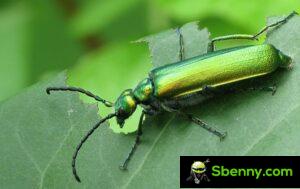
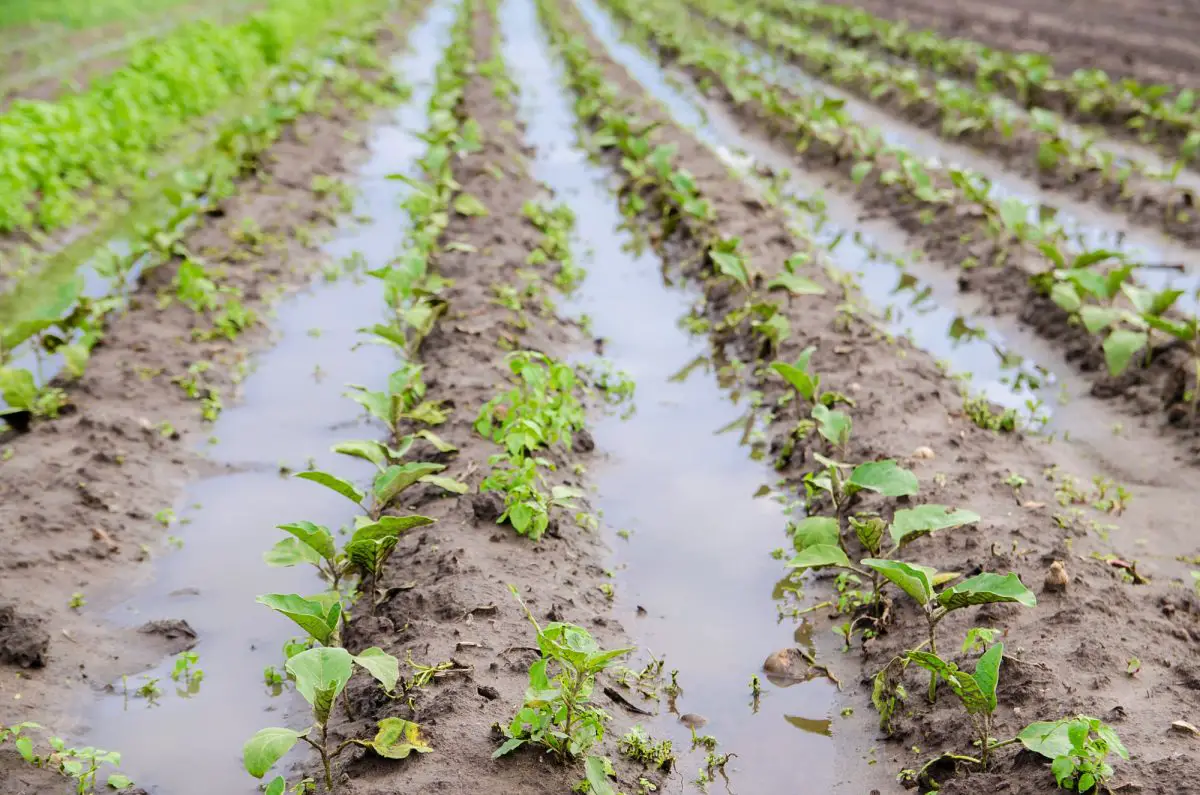
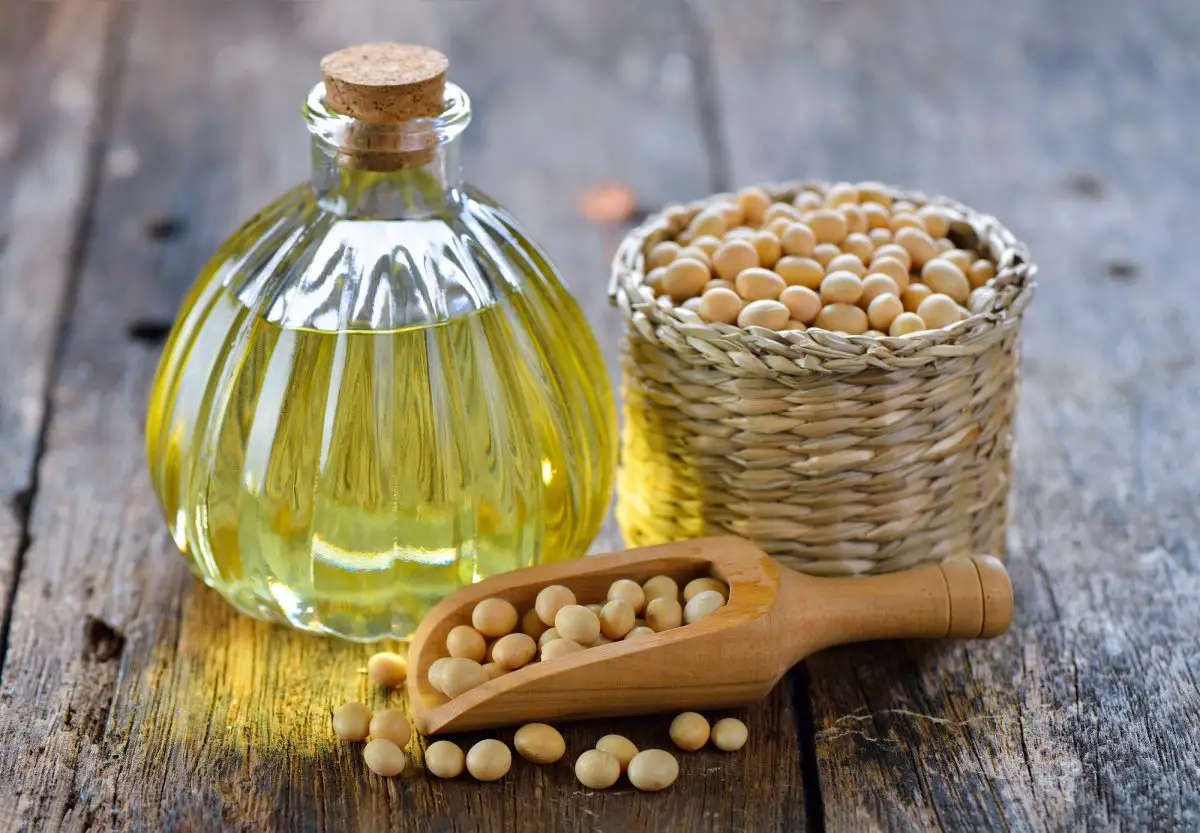
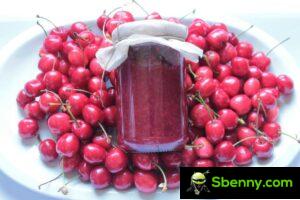
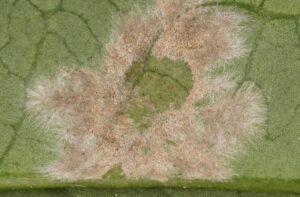
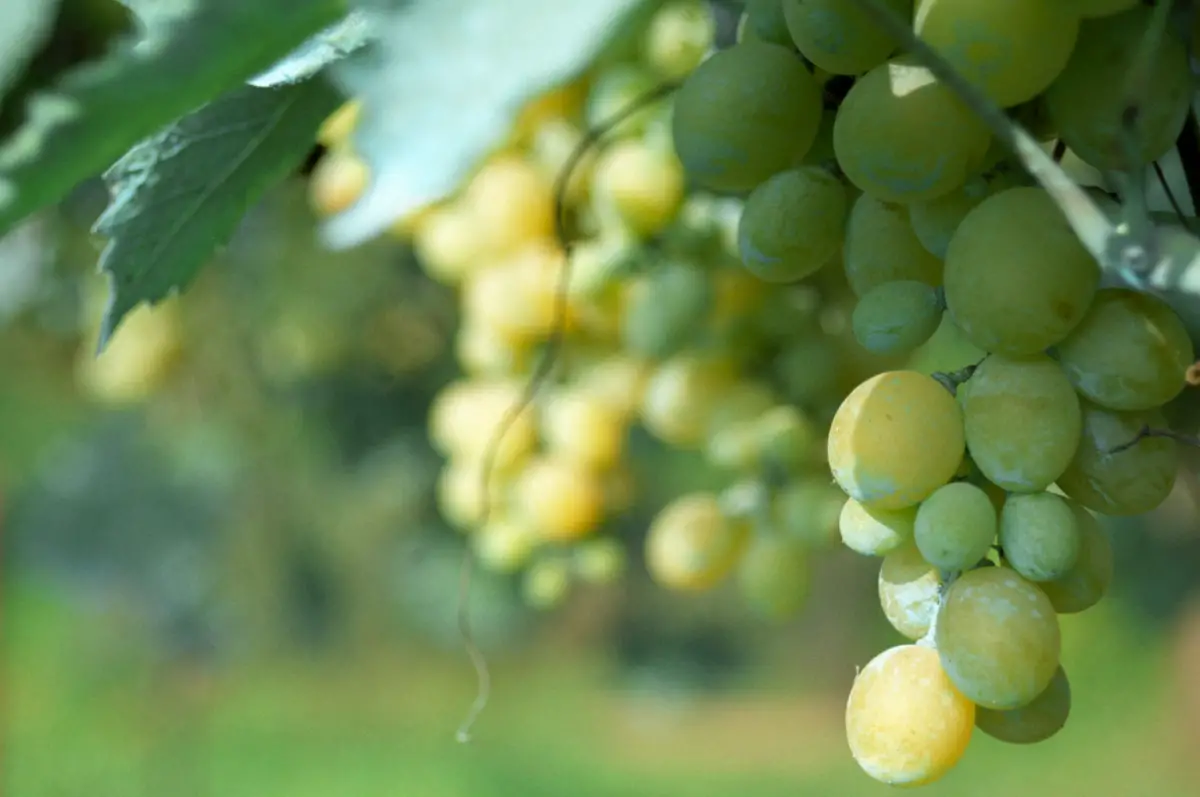
Start a new Thread